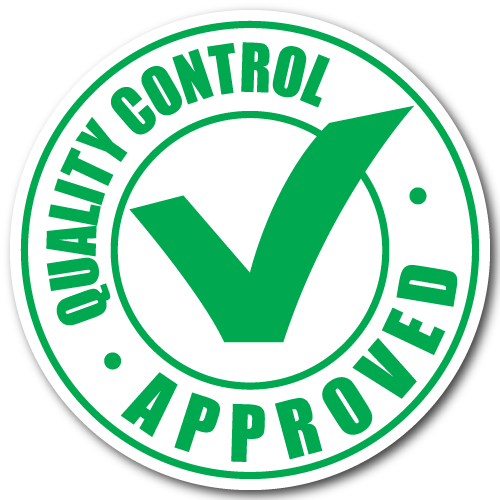
What Does “Product Quality” Really Mean?
Product quality is rapidly becoming an important competitive issue. The superior reliability of many Japanese products has sparked considerable soul-searching among American managers.1 In addition, several surveys have voiced consumers’ dissatisfaction with the existing levels of quality and service of the products they buy.2 In a recent study of the business units of major North American companies, managers ranked “producing to high quality standards” as their chief current concern.3
Despite the interest of managers, the academic literature on quality has not been reviewed extensively. The problem is one of coverage: scholars in four disciplines — philosophy, economics, marketing, and operations management — have considered the subject, but each group has viewed it from a different vantage point. Philosophy has focused on definitional issues; economics, on profit maximization and market equilibrium; marketing, on the determinants of buying behavior and customer satisfaction; and operations management, on engineering practices and manufacturing control. The result has been a host of competing perspectives, each based on a different analytical framework and each employing its own terminology.
At the same time, a number of common themes are apparent. All of them have important management implications. On the conceptual front, each discipline has wrestled with the following questions: Is quality objective or subjective? Is it timeless or socially determined? Empirically, interest has focused on the correlates of quality. What, for example, is the connection between quality and price? Between quality and advertising? Between quality and cost? Between quality and market share? More generally, do quality improvements lead to higher or lower profits?
Five Approaches to Defining Quality
Five major approaches to the definition of quality can be identified: (1) the transcendent approach of philosophy; (2) the product-based approach of economics; (3) the user-based approach of economics, marketing, and operations management; and (4) the manufacturing-based and (5) value-based approaches of operations management. Table 1 presents representative examples of each approach.

